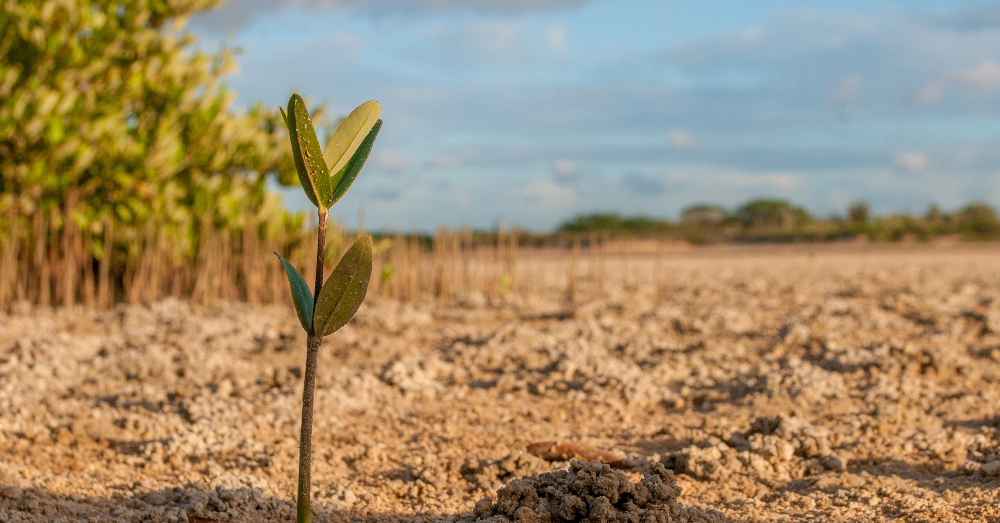
Mangrove-Planting Drones on a Mission to Restore Myanmar Delta
There is an "urgent need" to restore mangroves in Myanmar to stem saltwater invasion of farmland and shoreline erosion due to sea level rise, as well as to protect lives and property from storms and floods in coastal areas.
Drones could plant trees 10 times faster and cut costs by half, according to UK-based start-up BioCarbon Engineering (BCE).
August 21, 2017 | Source: Thompson Reuters Foundation News | by Thin Lei Win
Drones could plant trees 10 times faster and cut costs by half
BANGKOK, Aug 21 (Thomson Reuters Foundation) – Fast-dwindling mangroves in Myanmar’s low-lying Ayeyarwady Delta, ravaged by decades of deforestation and conversion of land for agriculture and aquaculture, could find an unlikely saviour – drones.
Mangroves protect coastlines in the face of storms and rising sea levels, absorb carbon from the atmosphere, and boost fish stocks, experts say.
Yet Myanmar has lost more than 1 million hectares (about 2.5 million acres) of mangroves since 1980, said Arne Fjortoft, founder and secretary-general of Worldview International Foundation (WIF), which has worked with two local universities to restore mangroves in the Southeast Asian nation since 2012.
In the delta region, known as the country’s rice bowl, only 16 percent of original mangrove cover remains, Fjortoft, former chairman of Norway’s Liberal Party, told the Thomson Reuters Foundation by e-mail.
There is an “urgent need” to restore mangroves to stem saltwater invasion of farmland and shoreline erosion due to sea level rise, as well as to protect lives and property from storms and floods in coastal areas, he added.
An annual climate risk index by Germanwatch, a green research group, ranked Myanmar – which suffered decades of military rule – second among the 10 countries worst-affected by extreme weather from 1996 to 2015.
WIF has so far planted some 3 million mangrove trees, but the task is laborious and time-consuming.
Drones, on the other hand, could plant trees 10 times faster and cut costs by half, according to UK-based start-up BioCarbon Engineering (BCE), whose CEO is an ex-NASA engineer who worked on the search for life on Mars.
Once the process is fully automated, a single pilot operating six drones can plant up to 100,000 trees per day, BCE says.
In late July, the inaugural BridgeBuilder Challenge, which awards $1 million in prize money for ideas with global impact, selected as one of its winners a proposal by BCE and WIF to test the use of BCE’s drones to plant a million mangroves in Myanmar.
The plan covers 250 hectares and involves training and employing locals to collect and prepare seeds, as well as to maintain, monitor and protect the fragile ecosystems.
It still requires approval from Myanmar’s authorities, but Bremley Lyngdoh, a WIF board member who is applying for further grants, is hopeful work could start later this year.
“We don’t want another big storm to come and destroy a lot of lives and livelihoods like in 2008,” said Lyngdoh, referring to Cyclone Nargis which devastated the Ayeyarwady Delta region, killing nearly 140,000 people.
